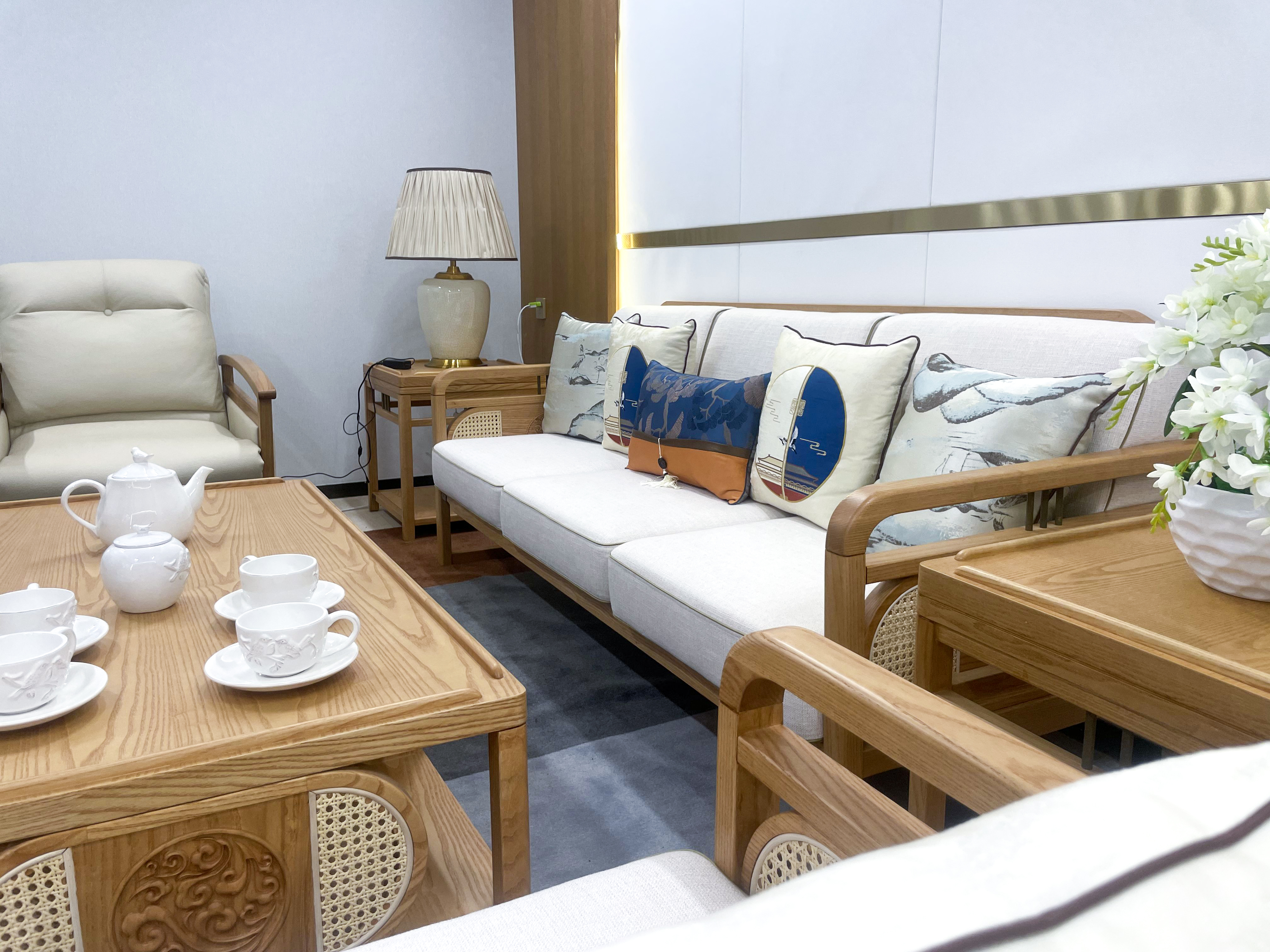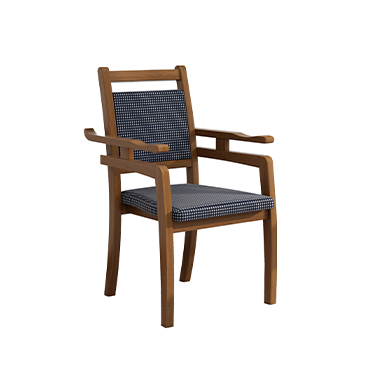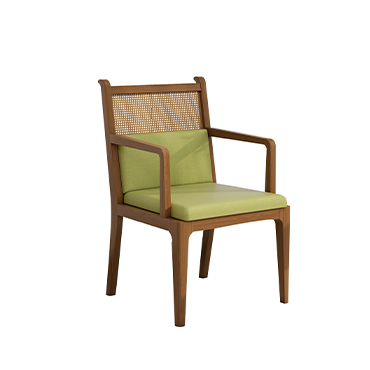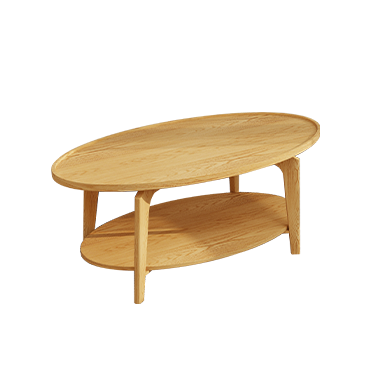Elderly-Friendly Sofa vs. Traditional Sofa: Which is Better for Seniors?
As the global population ages, furniture design is shifting to prioritize comfort and safety for seniors. When it comes to choosing a sofa, many families are asking: Which is more suitable for elderly people – an elderly-friendly sofa or a traditional one?

1.Structure: Is It Easy to Sit Down and Stand Up?
Elderly-friendly sofas often feature a higher seat and moderate seat depth with firm armrests, making it easier for seniors to sit and stand.
Traditional sofas tend to be lower and softer, which may feel cozy but can cause difficulty when standing up, especially for people with joint or muscle issues.
2.Materials: Does It Offer Good Support?
Elderly-friendly sofas prioritize support, using high-resilience foam or latex to reduce pressure on the body during long periods of sitting.
Traditional sofas often focus on softness, which may lack sufficient support, leading to fatigue or poor posture over time.
3.Safety: Does It Reduce Fall Risk?
Elderly-friendly sofas often feature rounded edges and non-slip legs to prevent accidents. Some even include anti-slip materials on the base.
Traditional sofas generally lack these safety features, which can be risky, especially on smooth floors.
4.Functionality: Does It Meet Daily Needs?
Elderly-friendly sofas may include powered lift features, USB ports, or attached side tables, tailored to elderly users' lifestyles.
Traditional sofas are usually less functional and lack these thoughtful add-ons.
Conclusion: Choosing the Right Sofa Means Choosing the Right Care
An elderly-friendly sofa isn’t about limitation—it’s about offering independence, safety, and comfort. Compared to traditional sofas, it’s more thoughtfully designed with the elderly in mind. Choosing the right sofa shows care, respect, and love for your senior family members.





